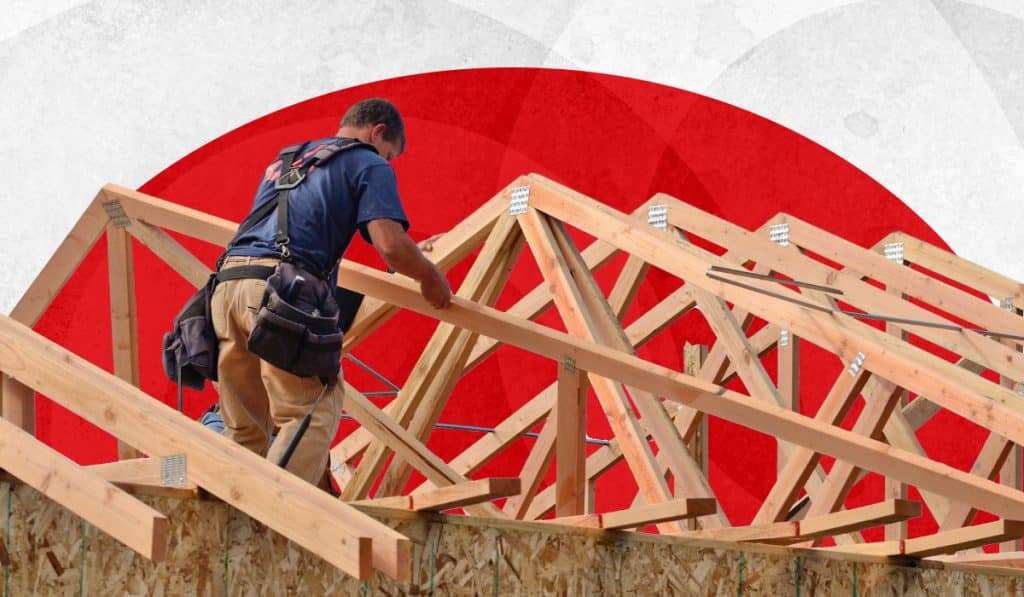Builders of single-family homes fell back significantly. The general downward trend in new housing starts continued in November, falling 0.5% from October at a seasonally adjusted annual rate of 1.427 million, according to a report published on Tuesday by United States Census Bureau and the US Department of Housing and Urban Development.
The annual rate of housing starts in November was down 16.4% on an annual basis, reflecting the continued decline in confidence of builders and average business activity.
“In November, homebuilding activity continued to decline, despite slowing inflation and falling mortgage rates,” said Nicole Bachaud, Zillow’s economist, said in a statement. “Even though the cost of borrowing is lower than it was a month ago, affordability remains a major concern, forcing many potential buyers to stay out of the housing market.”
A significant drop in single-family home starts was primarily responsible for the general slowdown in residential construction. In November, the single-family sector posted a monthly decline of 4.1% and an annual decline of 32.1% at a rate of 828,000 units. the multi-family sectoron the other hand, had a good month with housing starts up 4.8% from the previous month and 24.5% from a year ago, reaching a rate of 584,000 units.
Regionally, housing starts fell month-over-month in the Northeast (-18.6%) and Midwest (-16.5%), but rose 0.1% and 8.3% in the South and West, respectively. On an annual basis, housing starts fell in all four regions, with the largest annual decline coming from the Northeast at 27.2%.
While housing starts remained mostly flat nationally, the number of building permits issued to homebuilders represented one of the biggest monthly declines in the past decade. In November, the number of building permits posted a monthly decline of 11.2% and a decline of 22.4% year-on-year to a pace of 1.342 million. Sharp declines in the single-family and multi-family sectors contributed to the decline, with single-family falling 29.7% and multi-family falling 10.7% year-over-year to annual rates of 781,000 and 509,000, respectively.
“It’s not easy for builders to balance the short-term decline in demand with the long-term need for more housing nationwide, but on the face of it it seems a more reasonable strategy would be to reduce short-term housing starts and keep the longer-term permitting pipeline as full as possible,” Neda Navab, President of U.S. Regional Operations at Compass, said in a statement. “The fact that homebuilders have instead taken the opposite route – cleaning out homes already licensed, but leaving the closet emptier for tomorrow – doesn’t bode well for a nation that remains underbuilt after an anemic decade after the housing crash of 2008.”
“Although it only takes a few months to complete a house once work has started, in many areas the permitting process that precedes any actual construction work is an extremely complicated and expensive process that can take years to unfold. Getting permits today can allow many builders to start work tomorrow when conditions are more favorable, and any reasonable policy improvements to make the permitting process smoother should be welcome,” Navab continued. .
On a most positive note, completions by homebuilders rose 10.8% month-over-month and 6.0% year-over-year, with the single-family sector reporting an increase annual rate of 9.9% to a rate of 1.047 million. The multi-family sector, however, is down 3.2% from a year ago, to a rate of 430,000.
“The homebuilder activity of the past months is finally paying off, an increase in completions in November, and an increase in single-family home completions in particular, will help boost the inventory-starved market this winter.” , said Bachaud.
Odeta Kushi, Deputy Chief Economist at First American, said the housing market remains structurally undersupplied, “but we are at a point in the housing cycle where demand has declined rapidly and inventory may rise as homes stay on the market longer. The increase in new home completions will benefit the market over the long term. »
